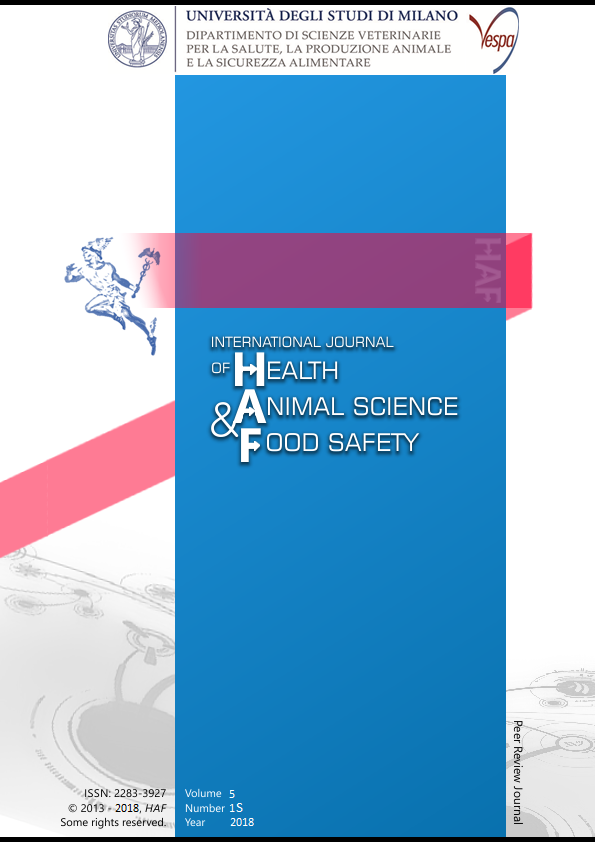Abstract
School catering services are characterized by a significant level of inefficiency regarding the food processed but not consumed during meals. This work analyses the meal supply in primary schools in Italy in order to highlight new areas of inefficiency upstream of the food chain. A lack of conformity of food portions with nutritional guidelines can potentially lead to a double negative externality: overweight children and food waste.
Data were collected between April and June 2017 from the municipality website of each regional capital (RC) of the 20 Italian regions. From the tendering process for primary school meal provision, data on the portions (in grams) of the most representative food categories were extracted and classified. To evaluate the degree of homogeneity amongst different regions, the average, minimum and maximum values, standard deviations and relative standard deviations of each individual food category were estimated. To verify the adherence to nutritional recommendations, ANOVA was performed for multiple comparisons combined with Duncan's multiple range test, with significance set at a p value < 0.05. The specific benchmarks for the evaluation of meal portion sizes were calculated based on the National Recommended Energy and Nutrient Intake Levels. The results (table 1) show a great variability of food portions amongst the RCs analyzed. Food categories with highest relative standard deviations values were cooked and raw vegetables (0.29 and 0.35 respectively) that indicate great levels of heterogeneity in food portions amongst Italian regions. Conversely, pasta and rice portions were more uniform (0.10 and 0.13), although on average above than the recommended portion. The only food categories characterized by a smaller mean portion than recommended are fish, raw vegetables and cooked vegetables.
The educational role of eating at school can contribute to raising children's awareness about one of the most urgent environmental challenges - food waste - by introducing the best strategies for waste reduction, reuse and recycling.
Riferimenti bibliografici
Östergren, K., Gustavsson, J., Bos-Brouwers, H., Timmermans, T., Hansen, O. J., Møller, H., & Easteal, S., 2014. FUSIONS definitional framework for food waste.
French Parliament. Loi n° 2016-138. Lutte contre le gaspillage alimentaire. 2016; https://www.senat.fr/dossier-legislatif/ppl15-245.html.
Società Italiana di Nutrizione Umana, (SINU). 2014. IV Revisione dei Livelli di Assunzione di Riferimento di Nutrienti ed energia per la popolazione italiana (LARN). Available at: http://www.sinu.it/html/pag/tabelle_larn_2014_rev.asp.
This work is licensed under a CC BY-SA 4.0 international

